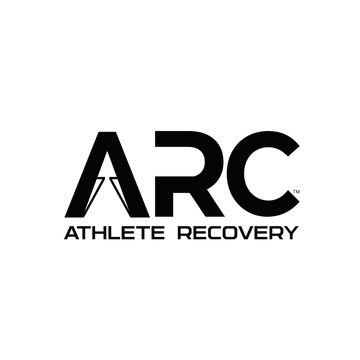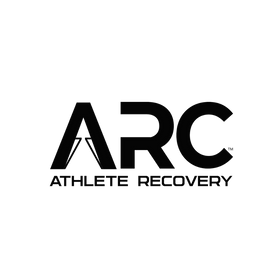Red Light Therapy: Unlocking the Power of Healing
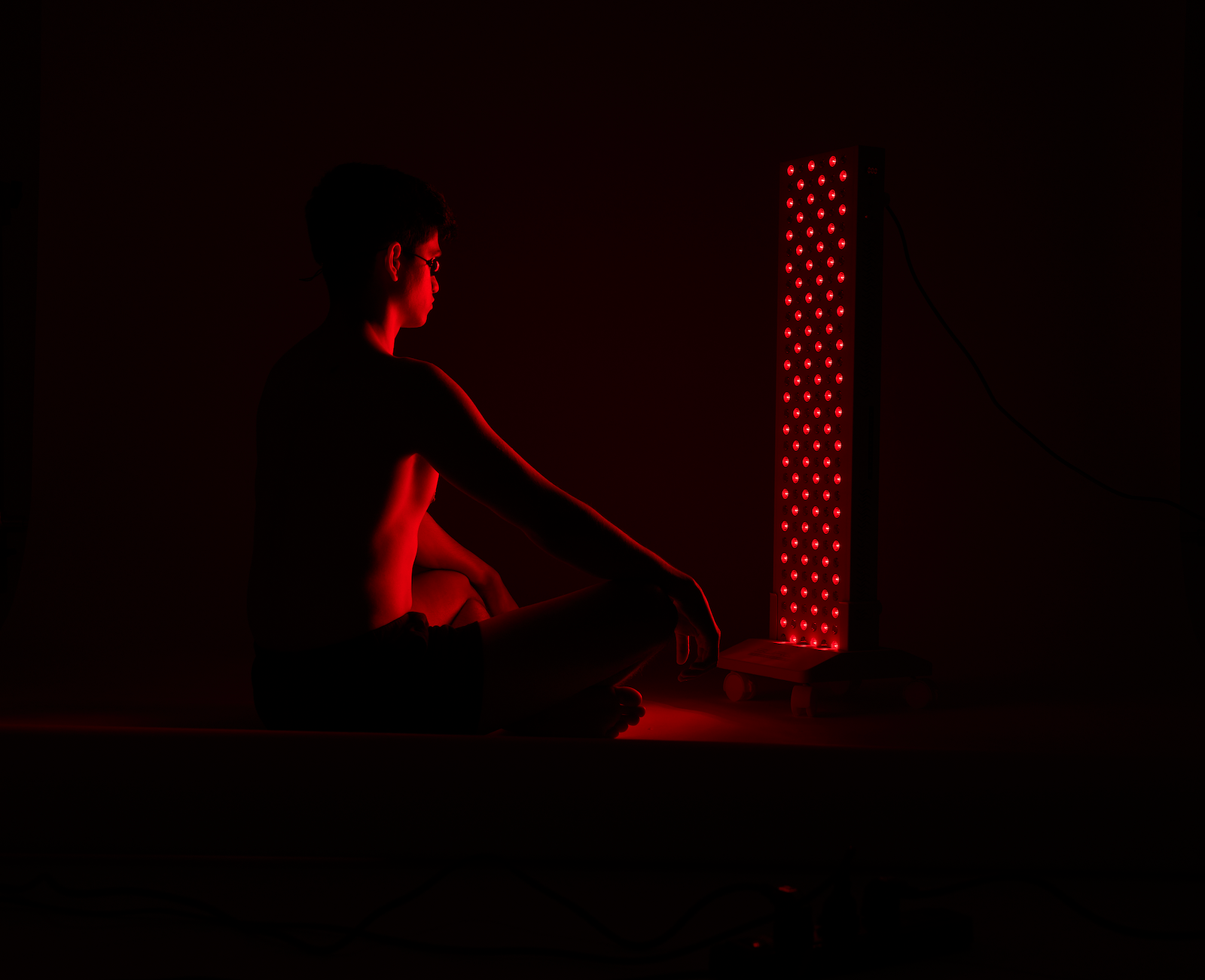
Red Light Therapy is a revolutionary treatment that harnesses the power of light for a range of health and wellness benefits.
In this blog, we will delve into the science behind red light therapy, explore its history, and understand its core mechanisms and interactions with our body. We will also discuss how red light therapy can be used effectively at home and its positive effects on various health conditions. Whether you are new to red light therapy or looking to deepen your knowledge, this guide is here to provide you with all the information you need. So let's get started and uncover the red light therapy!
Understanding Red Light Therapy
Before we dive into the science and benefits of red light therapy, let's first gain a better understanding of what this therapy entails. Red light therapy and near infrared therapy or NIR therapy, involves exposing specific wavelengths of red (660 nanometer) and near infrared light (850 nanometer) to the body. These are clinically proven wavelengths of natural light that have been extensively studied and have shown to have the greatest effect on human biology. It is a non-invasive treatment that has gained traction in recent years, particularly in the fields of sports and wellness, due to its potential health benefits and positive effects on physical performance and recovery.
The Science Behind Red Light Therapy
Red light therapy operates on the principle of photobiomodulation, which involves the absorption of light energy by cells. When red and near infrared light is absorbed by cells, it triggers a series of cellular responses that can influence mitochondrial function, blood flow, and oxidative stress, among other processes.
Numerous studies have shown the potential benefits of red light therapy. A systematic review of clinical trials found that red light therapy positively affects collagen production and skin roughness, making it a promising treatment for skin-related issues. Light therapy is among the earliest recorded healing modalities. Solar therapy was first used by the Egyptians, and forms of light therapy were also practiced by the ancient Greeks, Chinese and Indians. There’s no question that light exerts biological effects.
Additionally, red light exposure has been shown to impact nitric oxide and blood flow, contributing to its healing properties and potential benefits in wound healing and pain relief.
Brief History of Red Light Therapy
The history of red light therapy dates back to ancient civilizations, where sunlight and specific colored light were used for healing purposes. In more recent years, red light therapy gained recognition and popularity through NASA's research in the 1990s. NASA scientists discovered that red and near infrared light had potential health benefits and could promote wound healing and tissue growth.
Since then, red light therapy has evolved as a versatile treatment modality, finding its applications in clinical settings and now accessible for home use. The therapy's potential benefits range from skincare and pain management to potential positive effects on brain disorders and cognitive function. Its controlled trials and clinical studies continue to expand, shedding light on its effectiveness in addressing a range of health conditions.
The Core Mechanism of Red Light Therapy

To understand the role of red light therapy in our bodies, it is important to explore its core mechanisms. Red light therapy primarily works by stimulating cellular energy production and promoting various physiological responses.
The most well studied mechanism of action surrounding red and near infrared light therapy is increased mitochondrial energy production in our cells. Mitochondria can be thought of as the energy production plants of all the cells in our body. Red and near infrared light therapy helps the mitochondria create more of that energy. The specific photons found in red and near infrared light interact with a photoreceptor within our cells called cytochrome c oxidase. This interaction stimulates the mitochondria in our cells to use oxygen more efficiently, which allows the mitochondria to produce more ATP (also known as cellular energy).
During the red light therapy treatment chromophores within our cellular mitochondria absorb red and infrared light pho- tons, and convert them into energy. Once this red light energy has been absorbed by the body, it is then used by the cells to build new proteins such as collagen and elastin, and to assist with cellular regeneration. When our cells have more energy, they perform all of their functions better. When our cells are functioning optimally, our bodies function optimally.
Let's delve deeper into how red light therapy affects our cells and tissues on a molecular level.
The Role of Red Light in Therapy
Red light has been found to penetrate skin tissue and affect various biological and cellular processes, making it a powerful tool in therapy. The therapy's applications span from wound healing and hair growth to carpal tunnel syndrome and pain relief. Let's explore some of the key health benefits and positive effects associated with red light therapy.
WOUND HEALING: One of the remarkable benefits of red light therapy is its ability to support wound healing. Studies have shown that red light therapy promotes collagen density and improves the healing of chronic wounds.
HAIR GROWTH: It has also been found to enhance hair growth and potentially provide relief for those suffering from hair loss or androgenetic alopecia.
Apart from its wound healing and hair growth benefits, red light therapy has shown potential positive effects on a range of health conditions, including carpal tunnel syndrome, pain relief, and even weight loss. The therapy's ability to modulate collagen density and improve skin health has made it a popular option for skincare and anti-aging treatments.
Red light therapy is also being investigated for its beneficial effects on brain disorders and cognitive function. Preliminary studies suggest that red light therapy may have neuroprotective effects and could potentially be used in the treatment of traumatic brain injury, Parkinson's disease, and even seasonal affective disorder. While further research is needed, these findings highlight the diverse clinical applications and potential benefits of red light therapy.
How It Interacts With Our Body
Red light therapy interacts with our cells, tissues, and organs in a unique way, modulating physiological responses and promoting healing processes. Let's take a closer look at how red light therapy affects our bodies:
- Red light therapy promotes mitochondrial function and energy metabolism, leading to tissue repair, regeneration, and improved overall health.
- The therapy's effects on oxidative stress and mitochondrial membrane potential contribute to cellular health and function, supporting a range of positive effects in the body.
- Red light therapy has been found to positively influence heart rate, sleep problems, and immune system function, providing potential benefits for individuals with cardiovascular issues, sleep disorders, and weakened immune systems.
- The therapy's impact on blood flow regulation and inflammatory responses further support its wide-ranging benefits, including pain relief and enhanced healing.
- Red light therapy's ability to modulate collagen density and improve skin health makes it an effective treatment for fine lines and wrinkles, and it may work in synergy with existing skincare routines and products.
- Additionally, red light therapy can counteract the negative effects of blue light exposure, which is increasingly prevalent in our modern lives and can lead to skin damage and accelerated aging.
Understanding the Use of Red Light Therapy at Home
The convenience and accessibility of red light therapy have expanded with the introduction of home devices that utilize near infrared therapy or NIR therapy. These devices allow individuals to experience the benefits of red light therapy in the comfort of their own homes and on their own schedules.
Home-based red light therapy offers a range of treatment options, from skincare and pain relief to overall wellness and health improvement. Many studies have shown the potential benefits of home-based red light therapy, and patient satisfaction rates are high among those who have incorporated it into their routines.
One of the major advantages of red light therapy at home is its non-invasive nature and ease of use. Home devices come in various forms, including handheld devices and larger panels, allowing individuals to choose the most suitable option for their needs. With regular and consistent use, red light therapy at home can support long-term health and wellness goals.
ARC - Athlete Recovery's range of red light therapy called SURGE Regeneration comes in two forms. Surge 300 which is typically used for spot treatment and Surge 900 which is used for a full body treatment. SURGE Regeneration is equipped with a 5W dual-chip light source and both the models have smart controls, timer controls, and multiple connections.
A high-powered device delivering over 140mw/cm2.
Conclusion
In conclusion, red light therapy is a safe and effective way to improve various aspects of your health and well-being. The science behind it is fascinating, and the history of its use goes back decades. Red light therapy works by stimulating cellular energy production and promoting healing and rejuvenation in the body. It can be used to treat skin conditions, reduce inflammation and pain, improve mood and sleep, and even enhance athletic performance.
With the availability of home devices, you can now enjoy the benefits of red light therapy in the comfort of your own home. So why not give it a try and experience the amazing effects for yourself?
You can purchase your red light panel on our website here: https://www.arcathleterecovery.com/collections/surge-regeneration-red-light-therapy
DISCLAIMER: Always consult with your physician before using red light therapy. Individuals who have underlying health conditions should not use the device.
